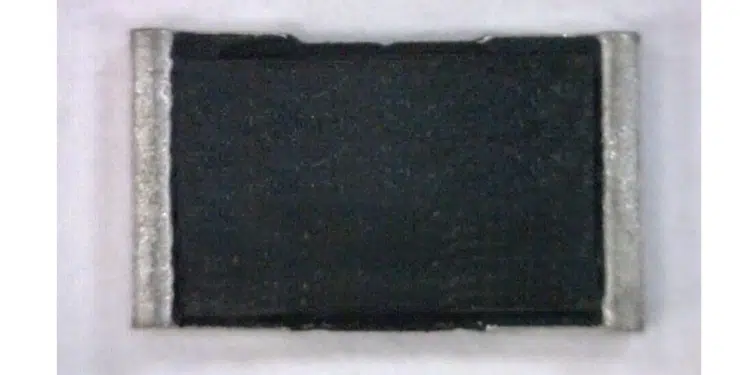2512 size chip resistors can typically be found with one to two watt power ratings. However, as electronic devices add functions and capability, higher power ratings become increasingly important. Stackpole offers its CSRT2512-UP, which is a 2512 size chip resistor with a 3.5W power rating in a range of popular values.
The CSRT2512-UP is a thin film based chip resistor with low TCR of 50 ppm, tolerances as low as 0.5%, is AEC-Q200 compliant and fully RoHS compliant, halogen free, and lead free (no exemptions).
The CSRT has exceptional electrical and environmental performance as well, with resistance shifts of less than one percent for many industry standard stress tests.
The excellent high power capability, stability, and accuracy of the CSRT2512-UP are ideal for applications including power modules, frequency converters, home appliances, solid state power supplies, portable battery management, hybrid power control and automotive power and control.
Pricing for the CSRT2512-UP in one percent tolerances is around $0.22 each in full package quantities.































